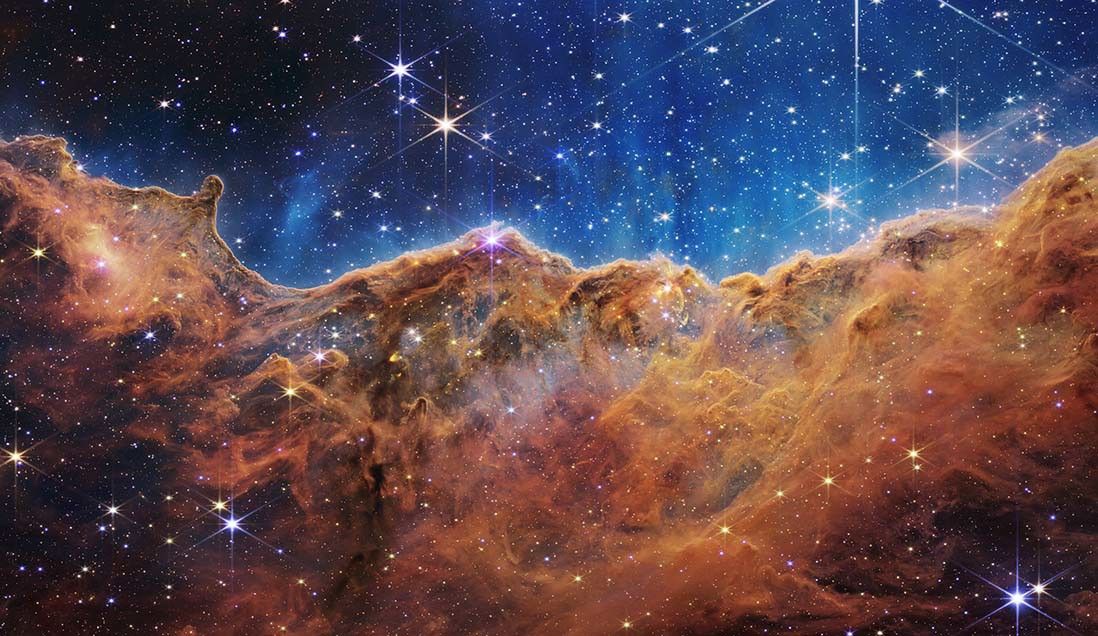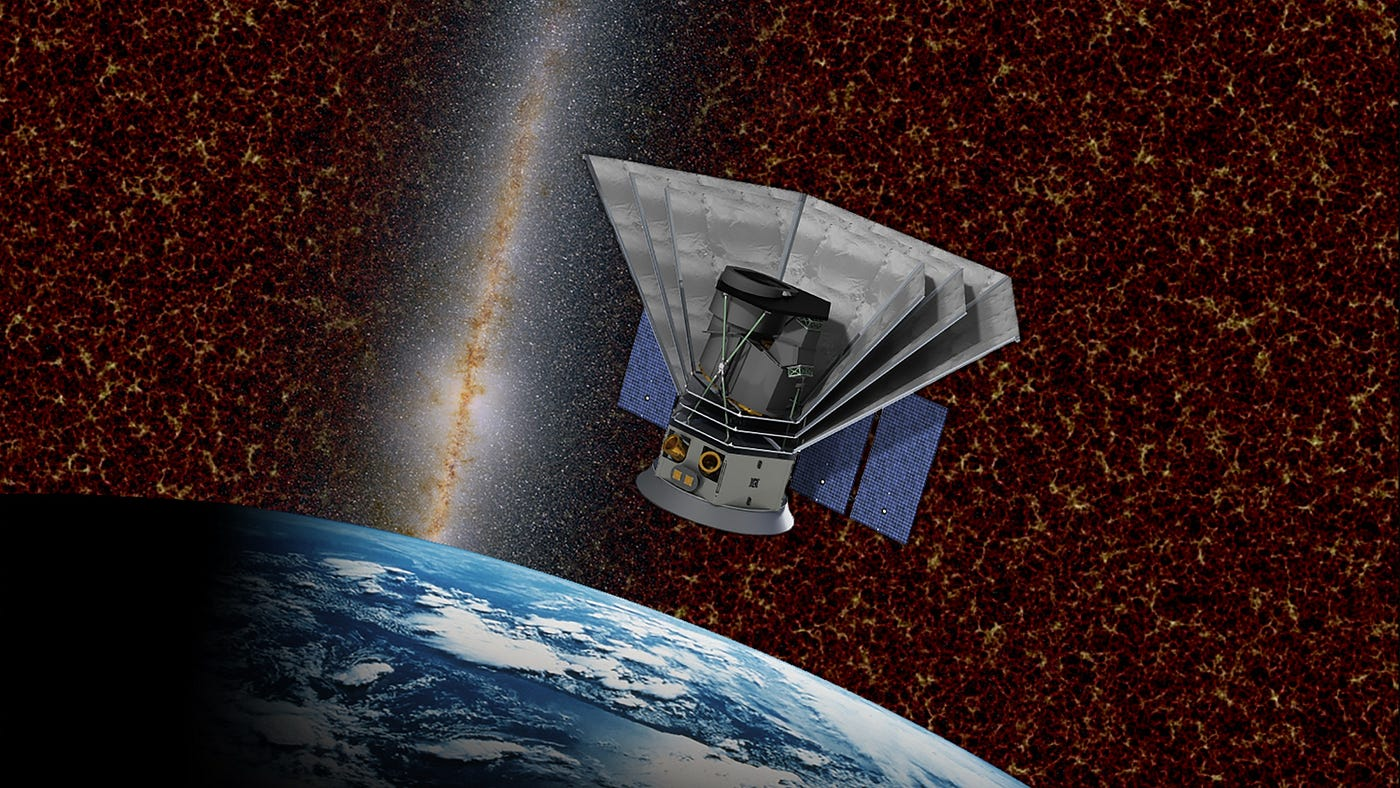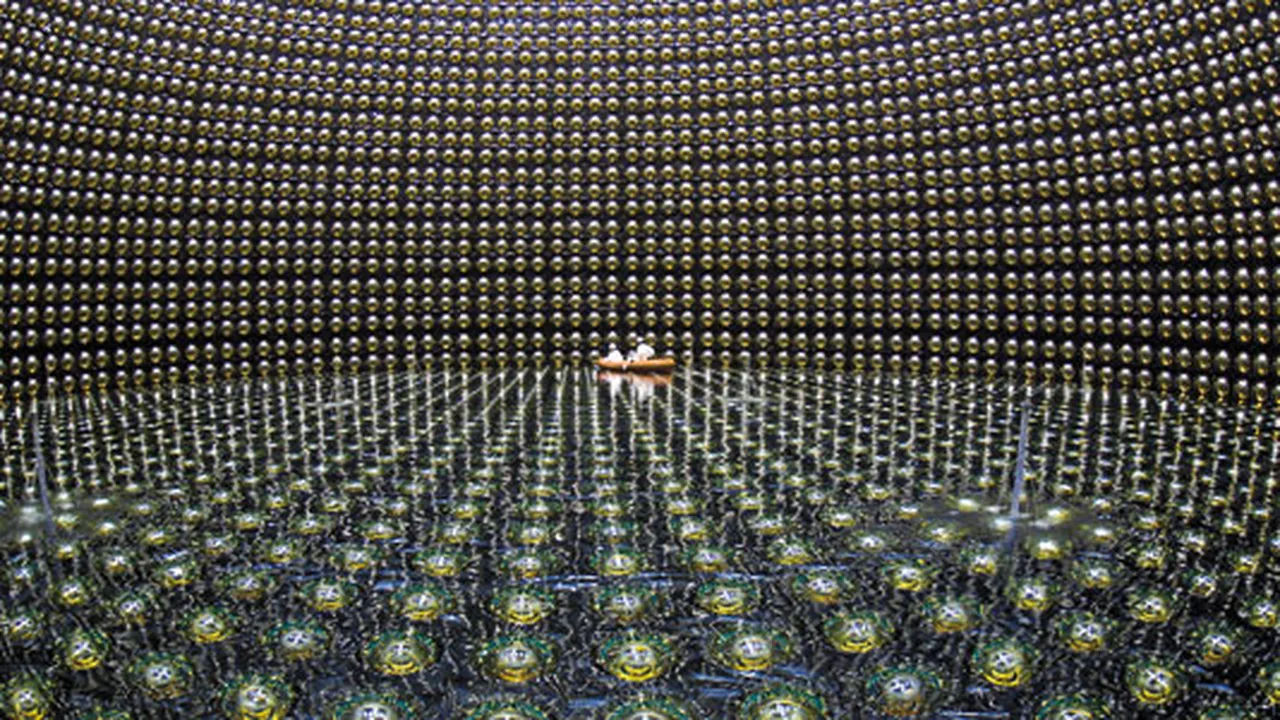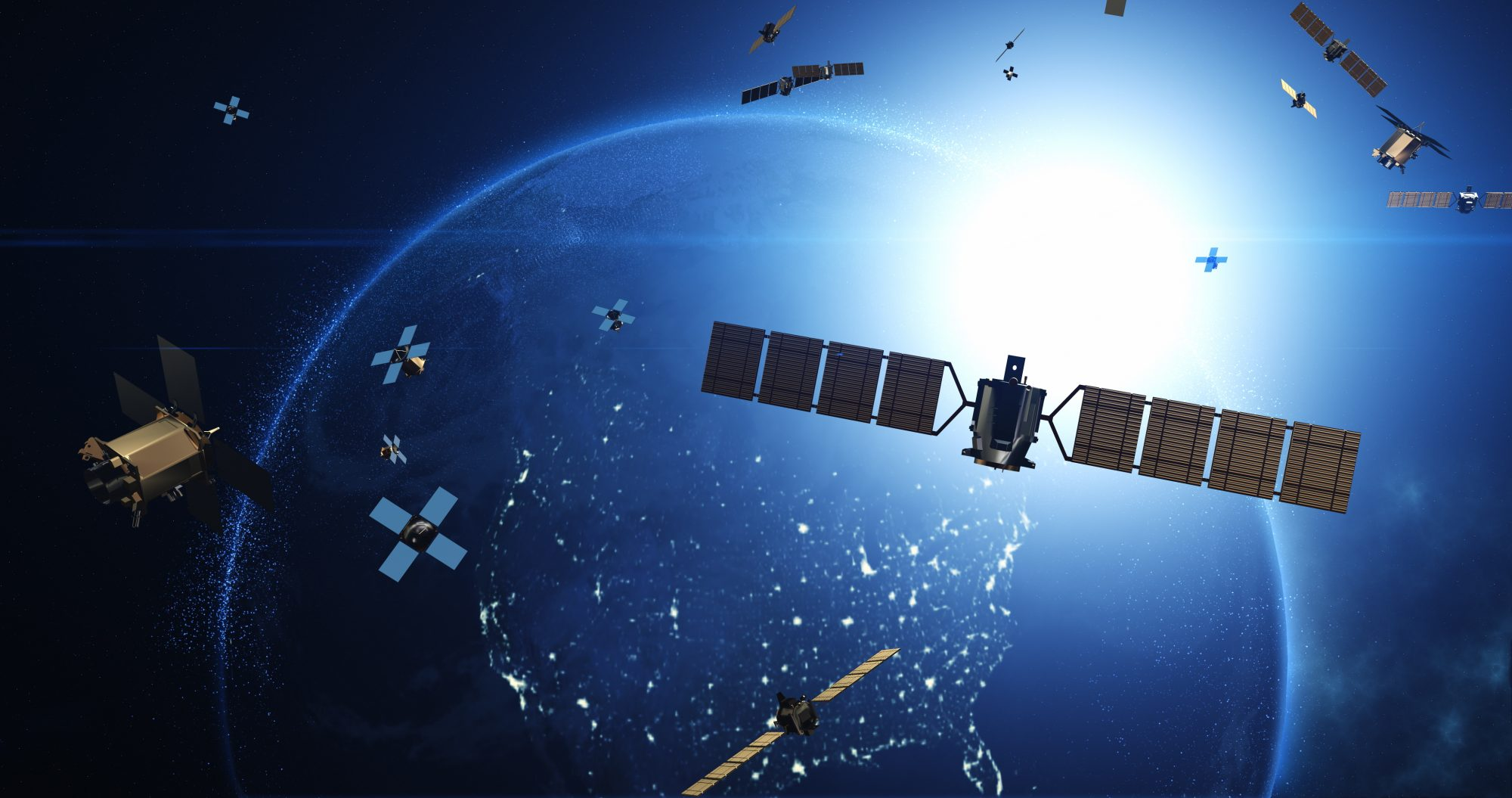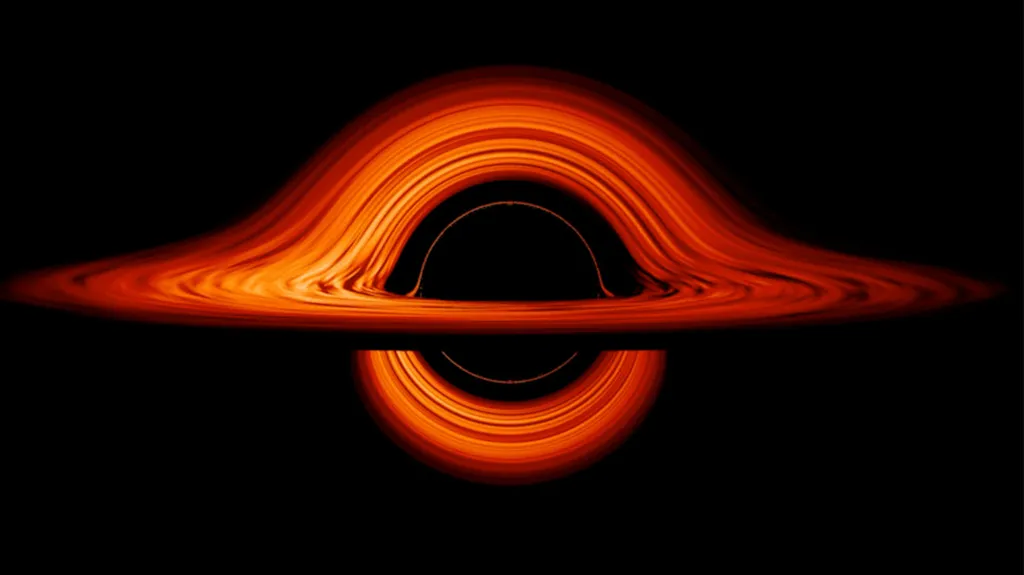While often seen as mere cosmic debris, interstellar dust plays a crucial role in the birth of stars. Found in cold, dense molecular clouds, these tiny particles—composed of silicates, carbon, and ice—act as the cooling agents that allow gas to clump together. Without them, the gas in these regions would remain too warm and diffuse to collapse under its own gravity. Astronomers using infrared telescopes like the James Webb Space Telescope (JWST) can observe this process by detecting the heat signature of dust, offering unprecedented insight into early stellar nurseries.
Experts in astrophysics have long studied the interaction between dust and light. When starlight passes through a dusty region, it becomes reddened—a phenomenon known as interstellar extinction. This has helped scientists map the structure of our galaxy, including areas where stars are actively forming. Researchers at institutions such as NASA and ESA use spectral analysis to determine the composition of dust, revealing how different elements come together during star formation.
As our observational tools evolve, our understanding of these dust-laden regions grows richer. Far from being a nuisance to astronomers, cosmic dust is now seen as an essential ingredient in the cosmic recipe. With more advanced data from missions like JWST and ALMA, scientists are piecing together the timeline of stellar evolution with higher precision than ever before.



